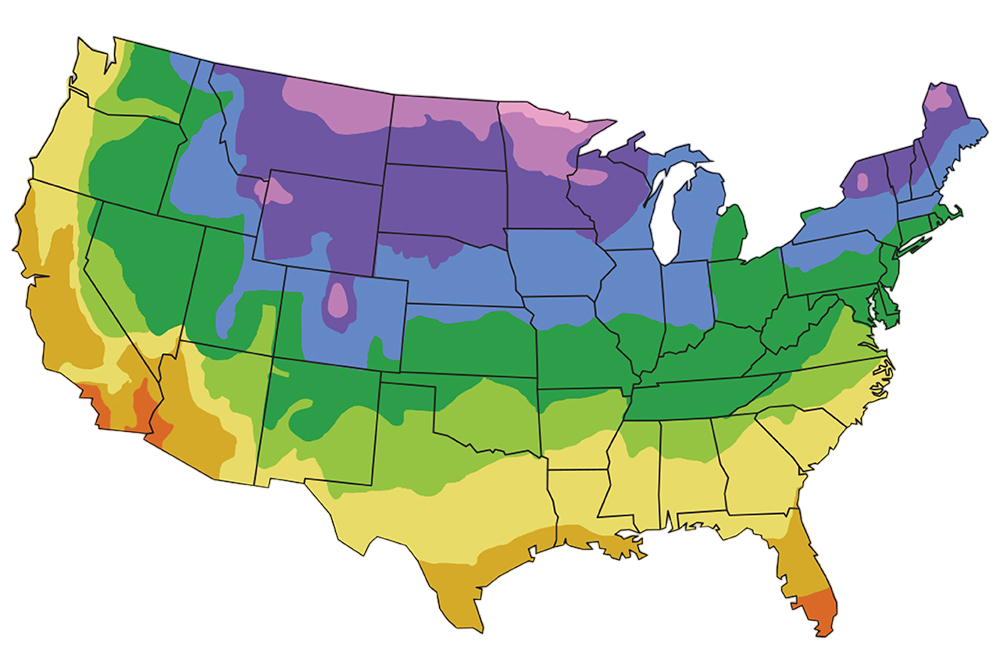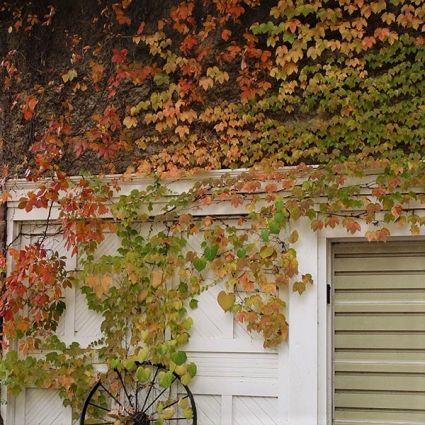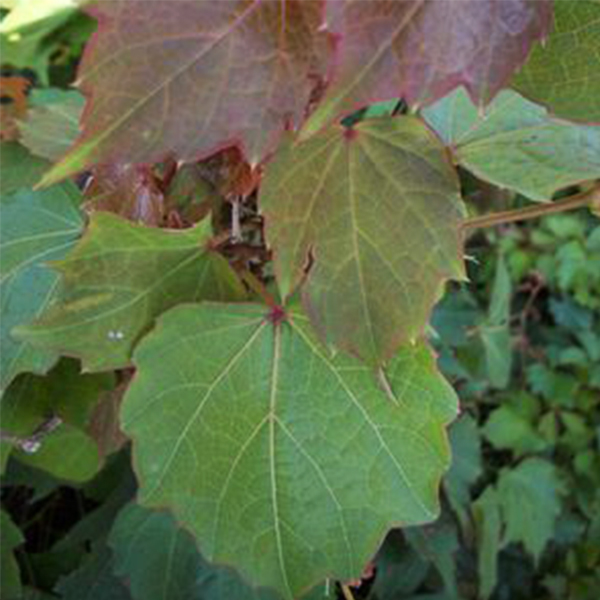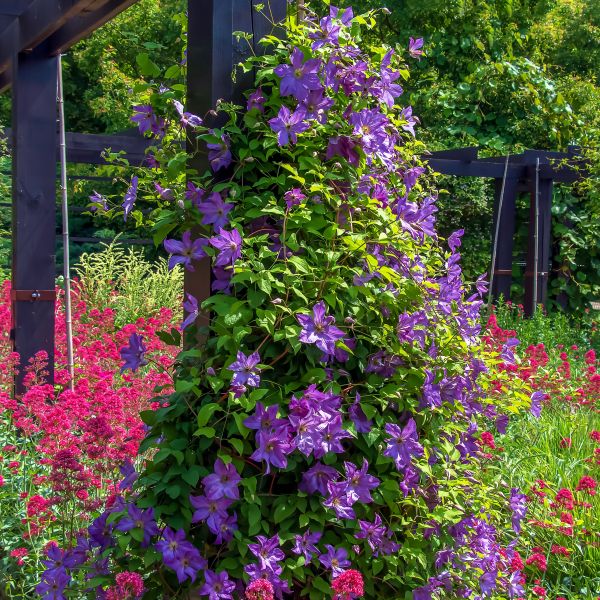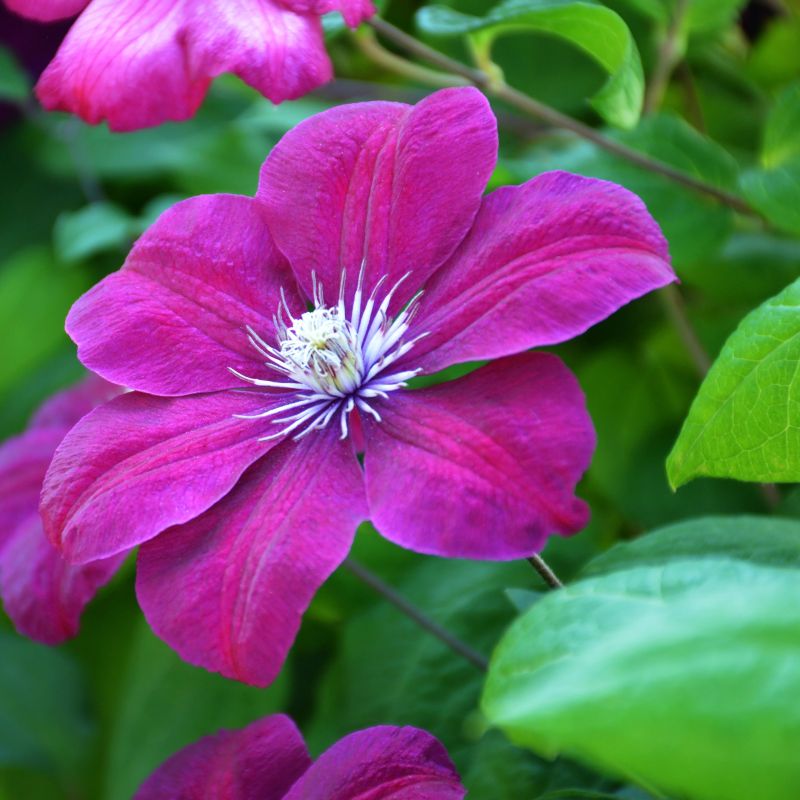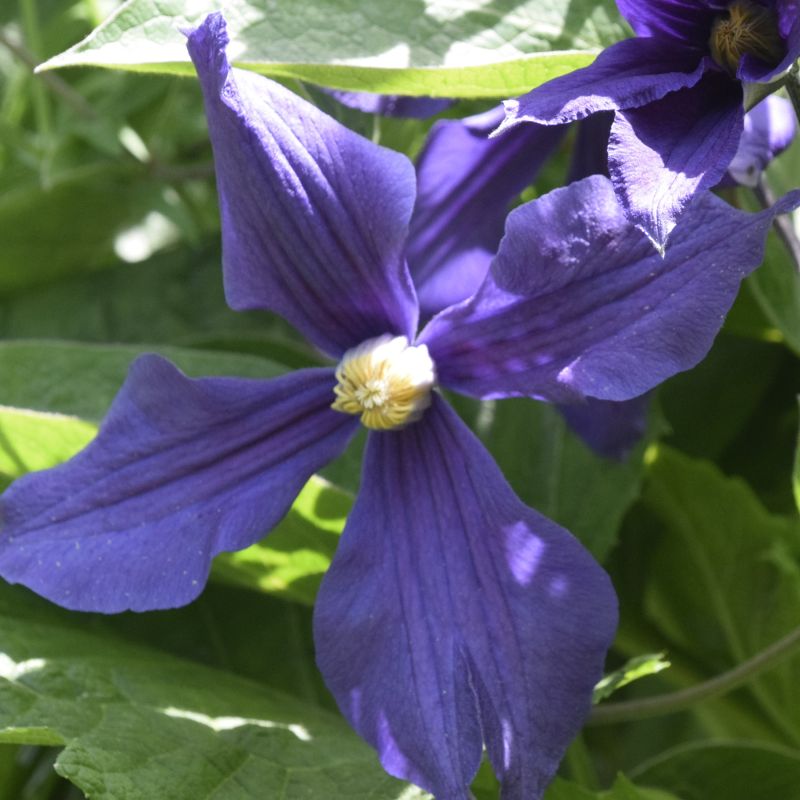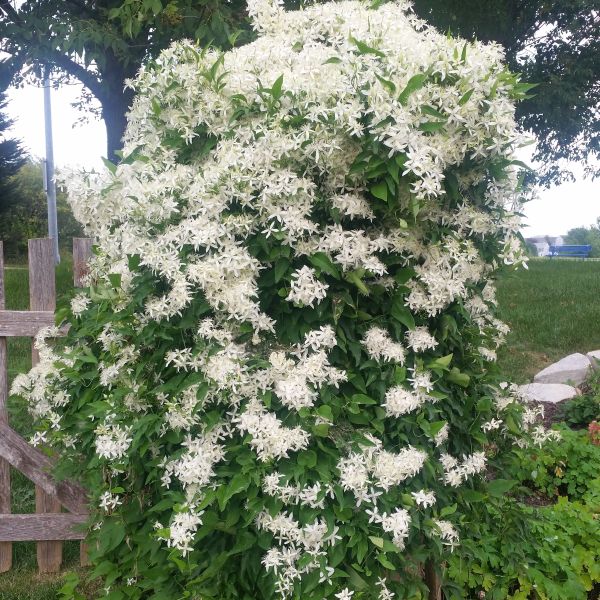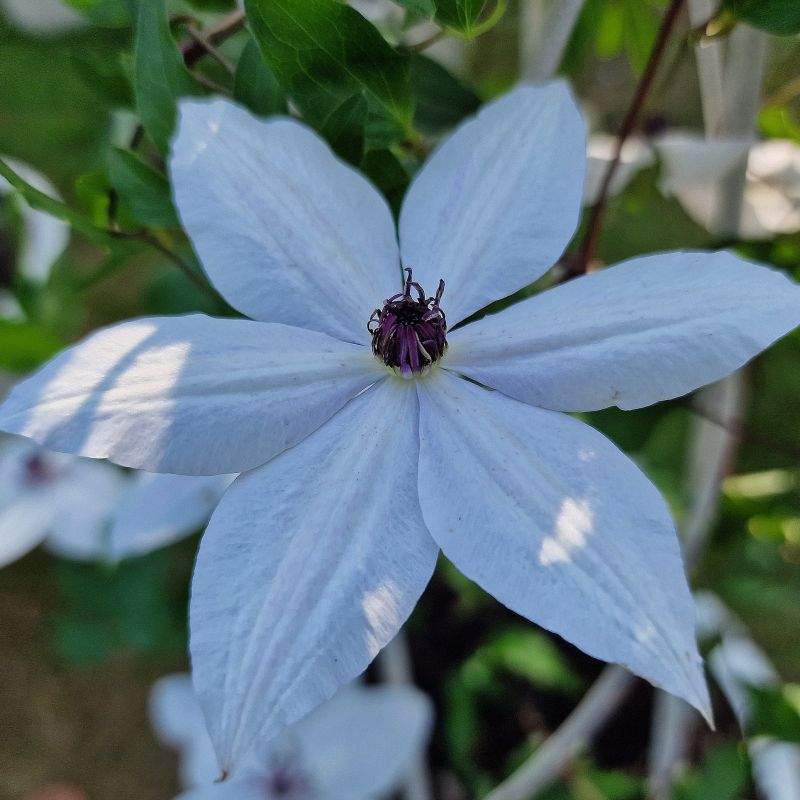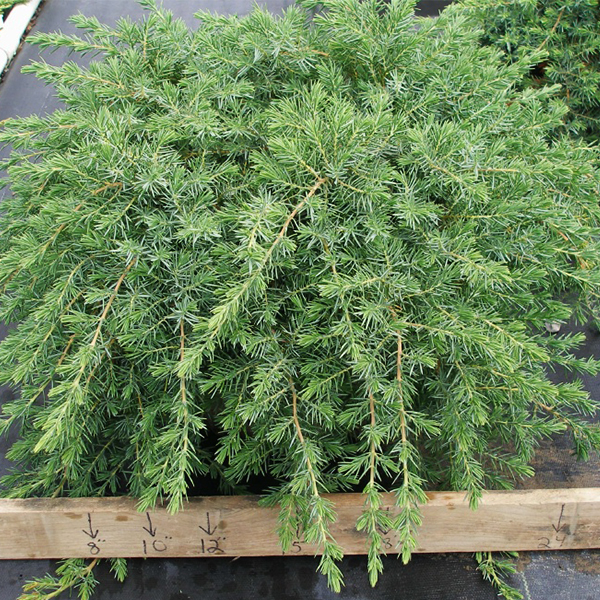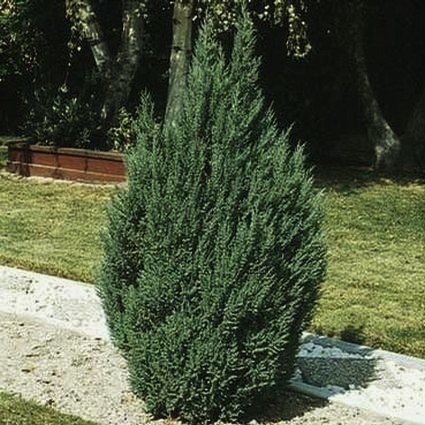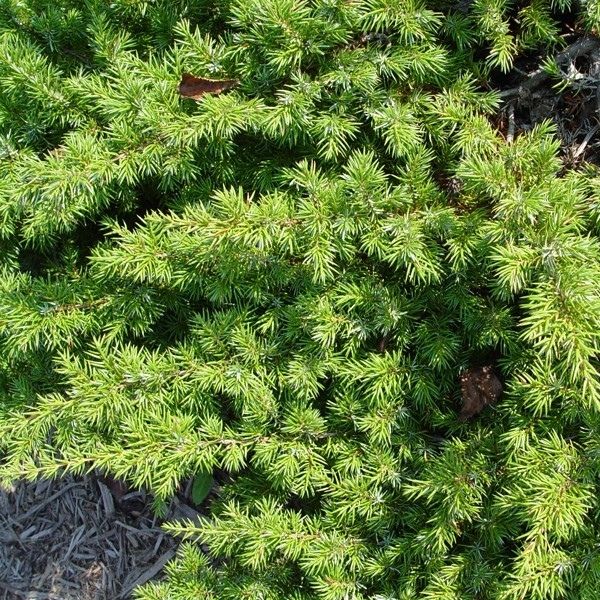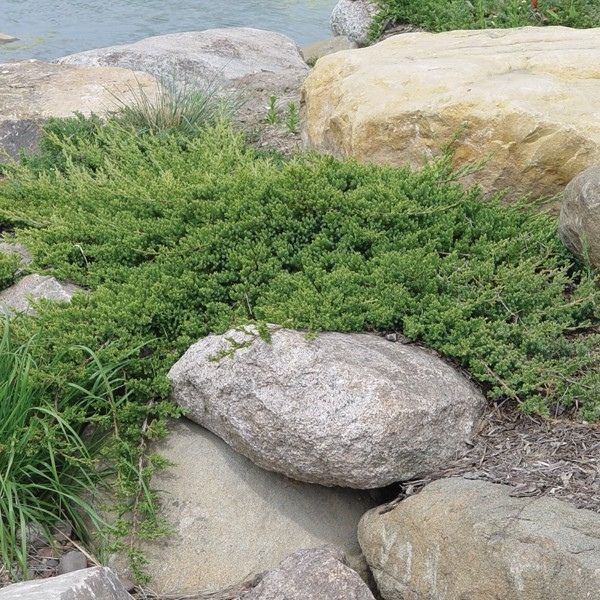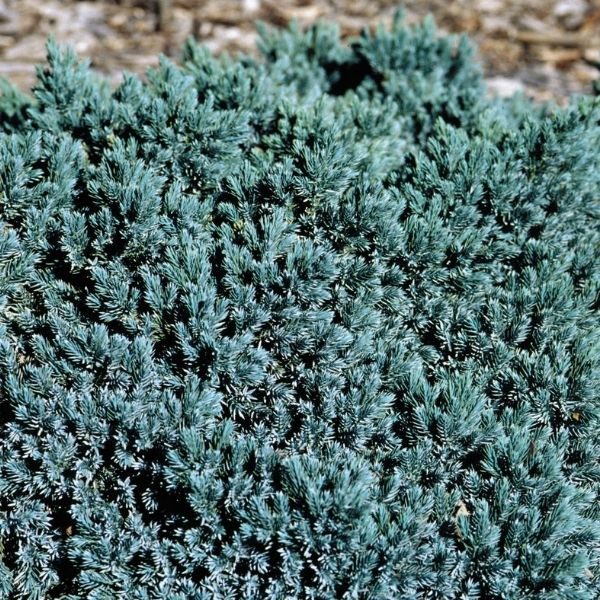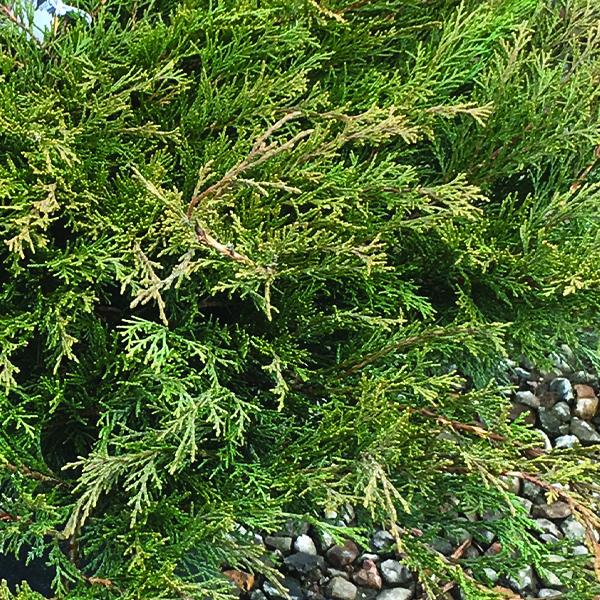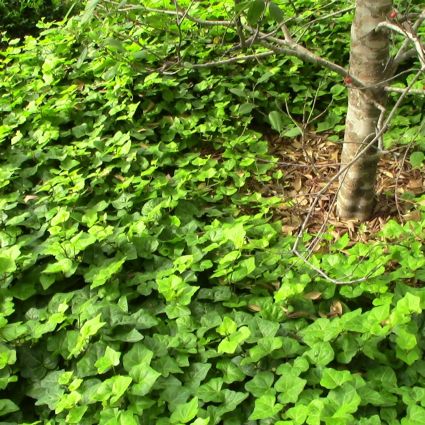

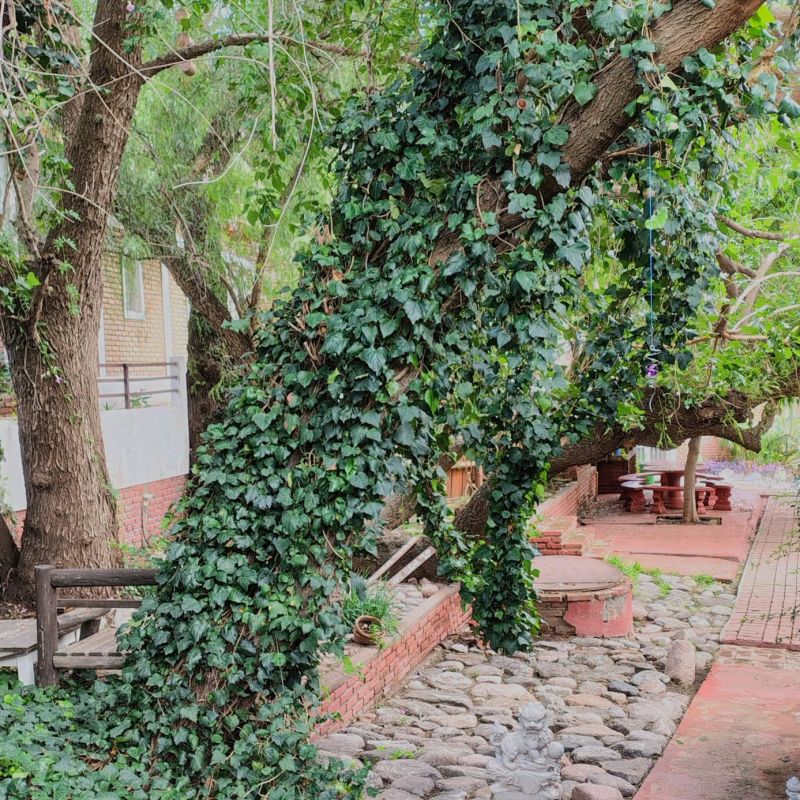
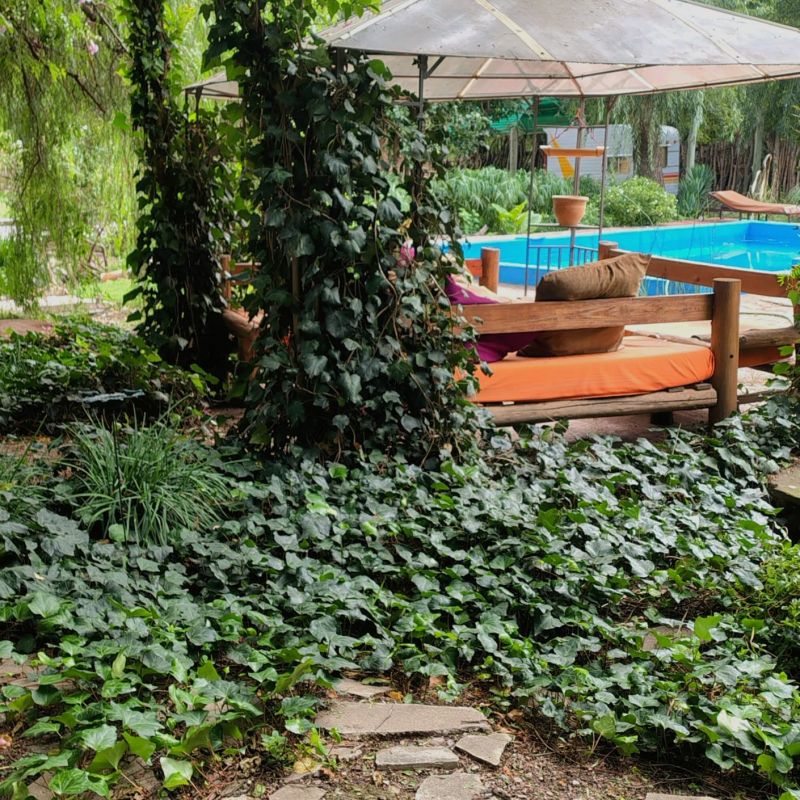
English Ivy
Hedera helix
13 reviews
English Ivy
Hedera helix
13 reviews
- Easy to grow and low maintenance
- Adds a beautiful, lush look to any space
- Helps purify the air by removing toxins
- Recommended by landscape designers for optimal fit in real yards
$31.00
$45.00
30% Off
- Ships to 43215 in 3 to 7 days
- Free Shipping Over $150
- Plant Arrival Guarantee
- In Stock
- Free Plant Consult
$200 - Landscape-Approved: Every Plant We Sell Comes With Design Expertise Behind It
- Premium 1 Gallon
- 1 Gallon
Not just beautiful - intentionally selected by ShrubHub's 3D landscape design team to fit real-world spaces and maximize yard potential.
Why English Ivy?
English Ivy (Hedera helix) is a popular evergreen vine known for its ability to quickly cover walls, fences, and arbors with its dense, glossy leaves. It is prized for its ability to provide year-round interest and its tolerance of a wide range of growing conditions. However, English Ivy can be invasive in some regions and may compete with native plants for resources.
People who loved this plant also bought
Sunlight
English Ivy prefers bright, indirect sunlight or dappled shade. It can tolerate some morning sun, but direct sunlight in the afternoon may cause the leaves to scorch. It is recommended to place English Ivy in a location with filtered light for optimal grow
Watering
English Ivy requires consistently moist soil, especially during its growing season in the spring and summer. It is important to allow the top inch of soil to dry out between waterings to prevent overwatering and root rot. Water thoroughly when watering, bu
Fertilizing
English Ivy benefits from a balanced fertilizer with equal parts nitrogen, phosphorus, and potassium. A slow-release fertilizer applied in early spring and late summer is recommended to promote healthy growth. Avoid over-fertilizing, as it can lead to exce
English Ivy (Hedera helix)
English Ivy, scientifically known as Hedera helix, is a species of flowering plant in the family Araliaceae. It is a versatile and popular plant that is commonly used as a decorative element in landscapes and indoor settings.
The English Ivy plant features glossy, dark green leaves that are typically five-lobed and shaped like a pointed heart. These leaves can also have white or yellow variegation, adding an aesthetic appeal to the plant.
English Ivy is a fast-growing vine that can climb and cover surfaces quickly, making it an ideal choice for creating green walls or ground cover. It also works well in hanging baskets or as a trailing plant in containers.
This evergreen plant is relatively easy to care for and thrives in a variety of light conditions, from full sun to full shade. It prefers well-drained soil and regular watering, allowing the soil to dry out slightly between waterings.
In addition to its decorative qualities, English Ivy is also known for its air-purifying properties, helping to remove toxins from the air and improve indoor air quality.
Whether used indoors or outdoors, English Ivy is a versatile and attractive plant that can add beauty and charm to any space.
Plant Information:
| Botanical Name: | Hedera helix |
| USDA Zones: | 4 - 9 |
| Water: | Low, Once Established |
| Exposure: | Full Sun |
| Soil Needs: | Adaptable to Most Soils |
| Mature Height: | 20 - 60 feet |
| Mature Spread: | 3 - 30 feet |
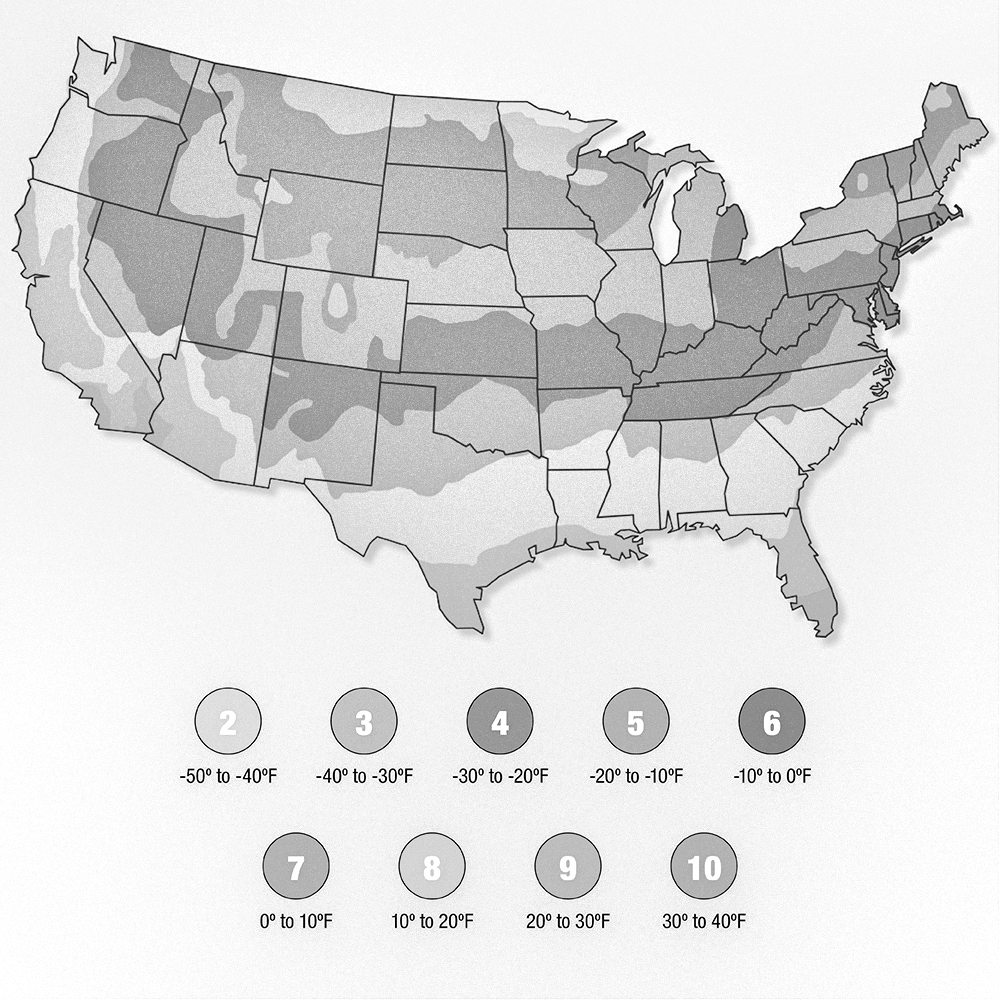
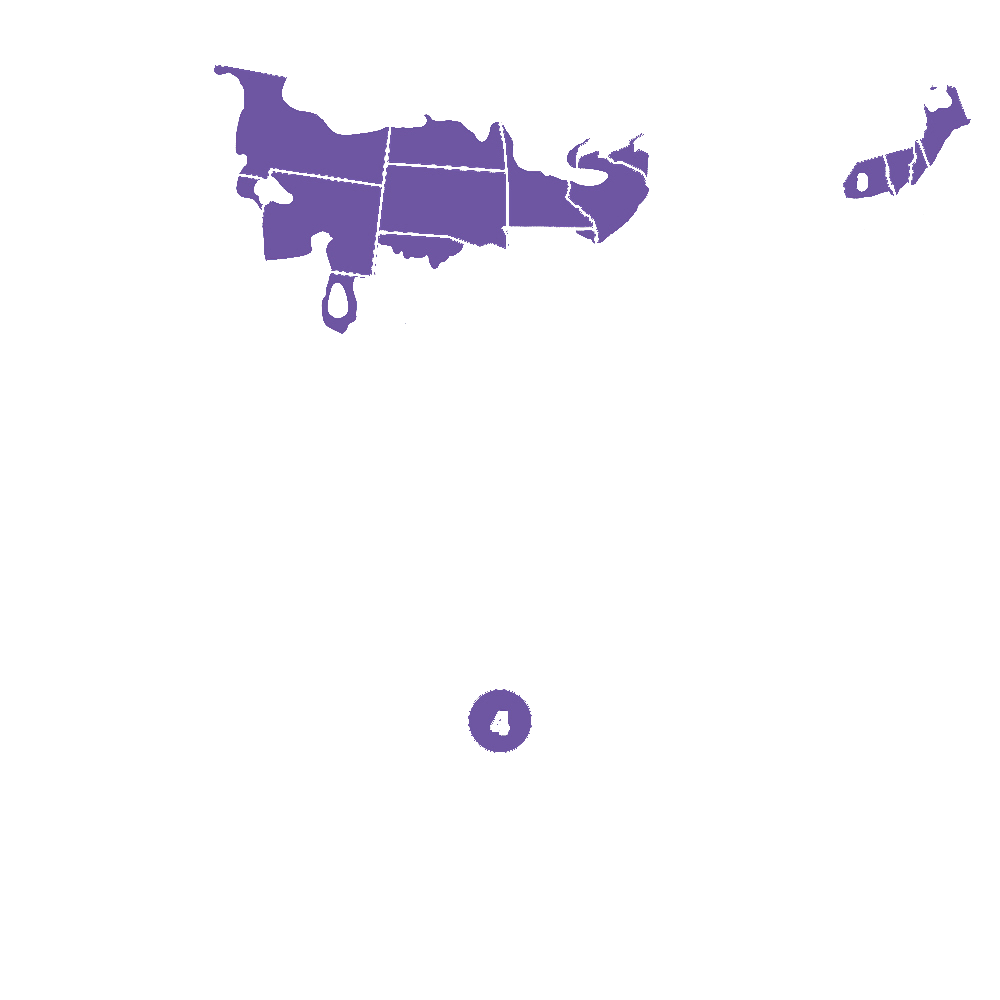
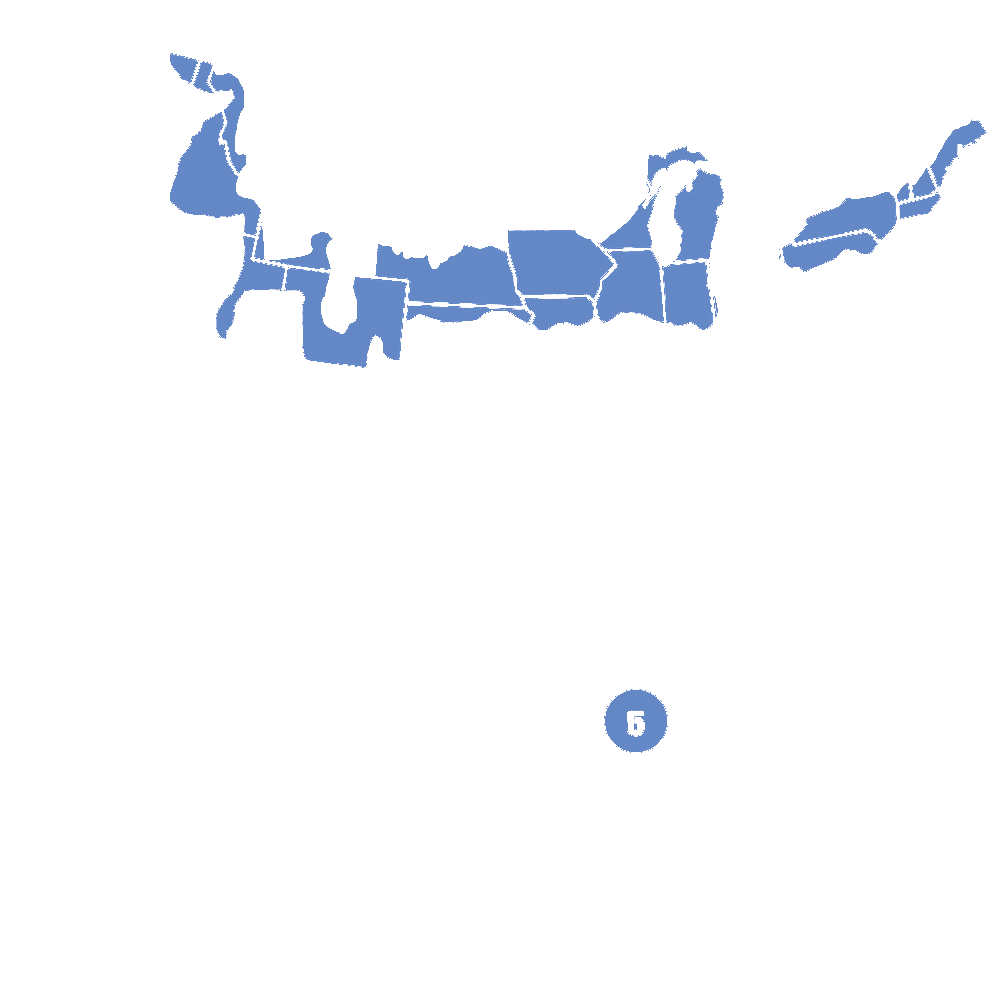
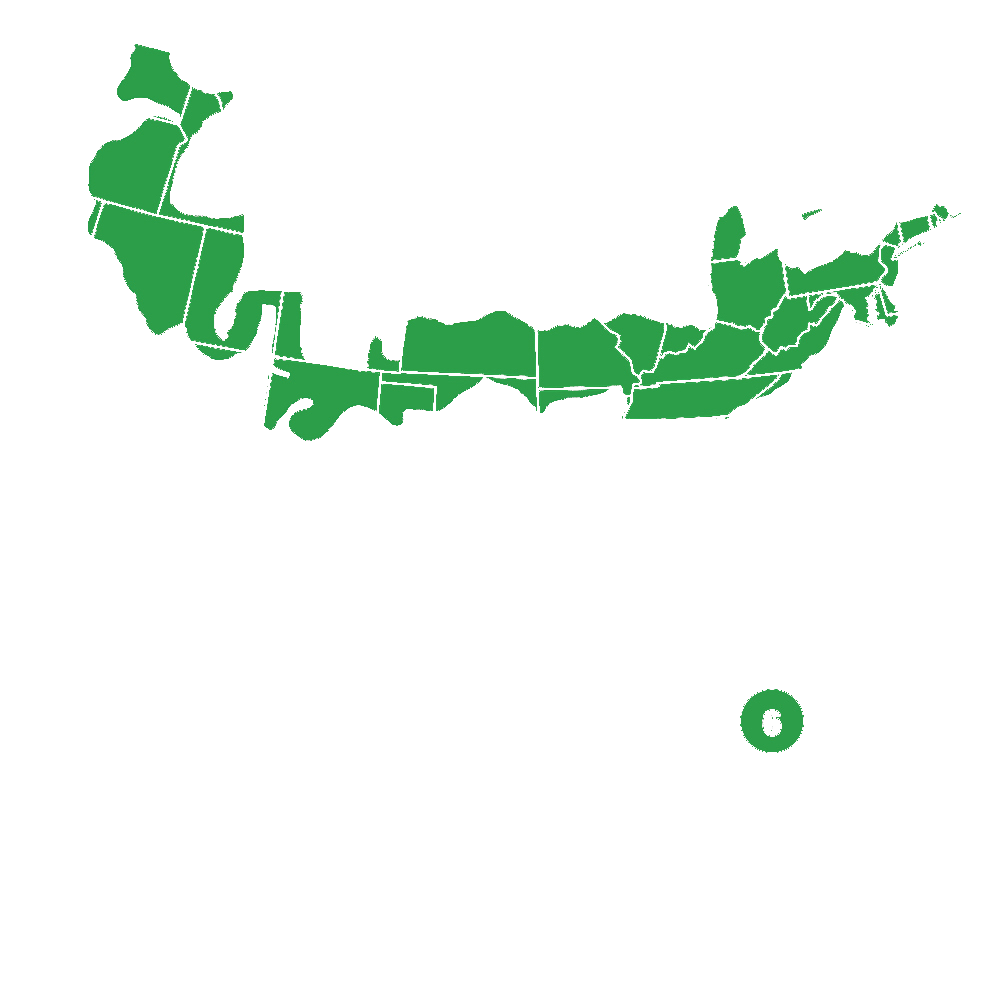

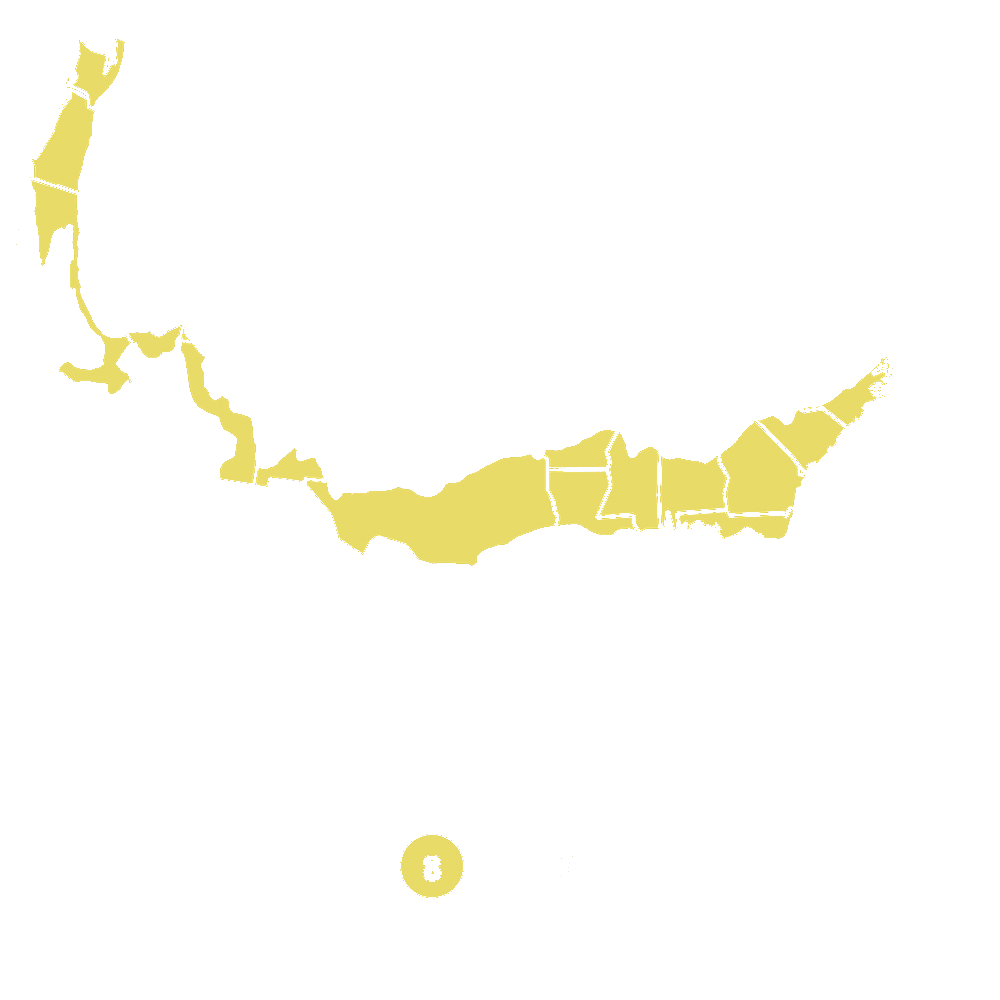
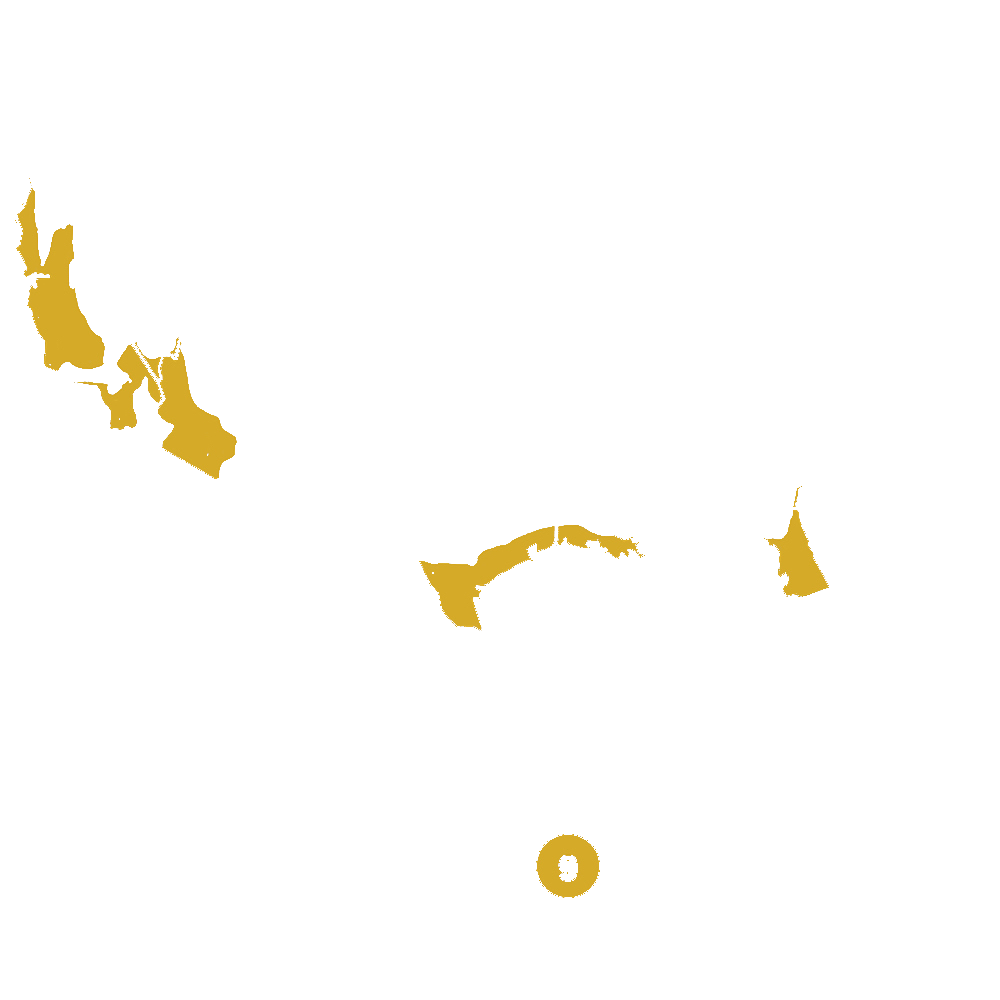
Pollination Info
Pollination Info for English Ivy (Hedera helix)
English Ivy is a common plant that is primarily self-pollinating. The flowers of the English Ivy plant are small, greenish-white, and have a characteristic shape with five petals. The plant does produce nectar to attract pollinators, but they are not required for successful pollination.
English Ivy relies on wind and gravity for pollination, as the small flowers are not very attractive to insects. The plant is capable of self-pollination, meaning that it can produce seeds without the need for pollen from another plant.
The fruits of the English Ivy plant are black berries that are consumed by birds, which help in the dispersal of seeds. The plant can also propagate through vegetative means, as it readily forms roots at stem nodes when it comes in contact with soil.
FAQ
Frequently Asked Questions About English Ivy (Hedera helix)
Q: What is English Ivy?
A: English Ivy, scientifically known as Hedera helix, is a species of flowering plant in the family Araliaceae. It is a versatile and popular plant choice for both indoor and outdoor settings.
Q: How do I care for English Ivy?
A: English Ivy thrives in bright, indirect light and moist, well-draining soil. It is important to water the plant regularly and mist the leaves occasionally to maintain humidity. It is also recommended to fertilize the plant during the growing season.
Q: Can English Ivy be grown indoors?
A: Yes, English Ivy can be grown indoors as long as it receives adequate sunlight and proper care. It is important to provide the plant with enough space to grow and avoid overwatering.
Q: Is English Ivy toxic to pets?
A: Yes, English Ivy is toxic to pets if ingested. It is important to keep the plant out of reach of pets and children to prevent any potential poisoning incidents.
Q: How can I propagate English Ivy?
A: English Ivy can be propagated through cuttings. Simply cut a healthy stem from the parent plant and place it in water or moist soil until roots develop. Once roots have established, the cutting can be potted in a new container.
Q: How often should I fertilize English Ivy?
A: English Ivy should be fertilized every 4-6 weeks during the growing season (spring and summer). Use a balanced liquid fertilizer diluted to half strength to avoid overfeeding the plant.
Planting & Care
Planting & Care for English Ivy (Hedera helix)
Planting:
English Ivy can be planted in both containers and in the ground. Choose a location with well-draining soil and partial to full shade.
- Prepare the soil by loosening it and adding organic matter such as compost or peat moss.
- Dig a hole slightly larger than the root ball of the plant.
- Place the plant in the hole and backfill with soil, gently patting it down around the base of the plant.
- Water the plant thoroughly after planting.
Care:
English Ivy is a low-maintenance plant, but there are a few key care tips to keep in mind:
- Water the plant regularly, especially during hot and dry periods.
- Prune the plant as needed to control growth and shape.
- Fertilize with a balanced fertilizer in the spring and summer to encourage healthy growth.
- Protect the plant from harsh sunlight, as too much direct sun can cause the leaves to burn.
- Watch for pests such as aphids or spider mites and treat accordingly.
With proper care, English Ivy can thrive and add beauty to your garden or home.
Check Out These Verified Customer Reviews:
Customer Reviews
4.5 out of 5 based on 13 reviews
Thank you! Your review has been submitted.
Healthy plant, packaged well
Excellent customer service, quick response to questions
Great shopping experience on the website, easy to navigate.
Item has been added to your cart.

